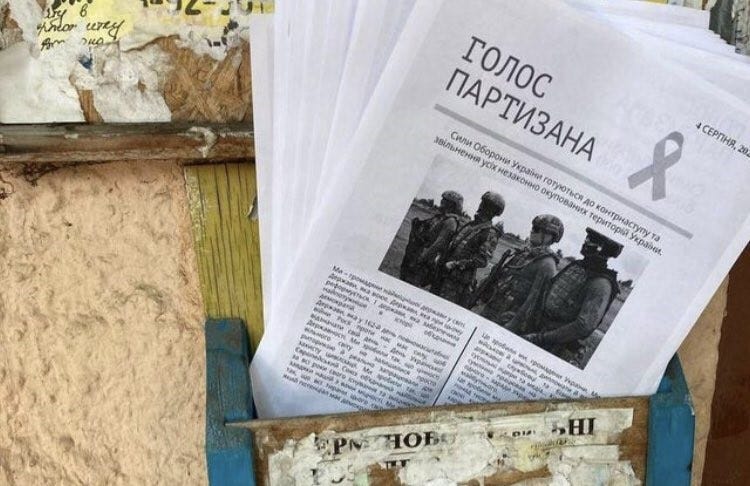The Trap Has Shut In Kherson
With a Russian army inside
On Monday, I wrote about the sucker’s bet that Ukraine has set up for Vladimir Putin in Kherson Oblast. By drawing Russian combat power to the northern bank, away from the east of the country, Kyiv has trapped a critical core of the Russian Army within a fire sack, cut off from resupply and reinforceme…



